If you’ve played any of the Pokémon games, you know the series is a heavily iterative one. Each new game makes some notable (or not so notable) strides over the last. But while each of these games builds upon what came before, they’re also full of differentiation that gives them all their own strengths and weaknesses. So let’s run down the best and worst part of each Pokémon game, starting with the original Game Boy games.
Pokémon Red, Blue, Yellow, and Green
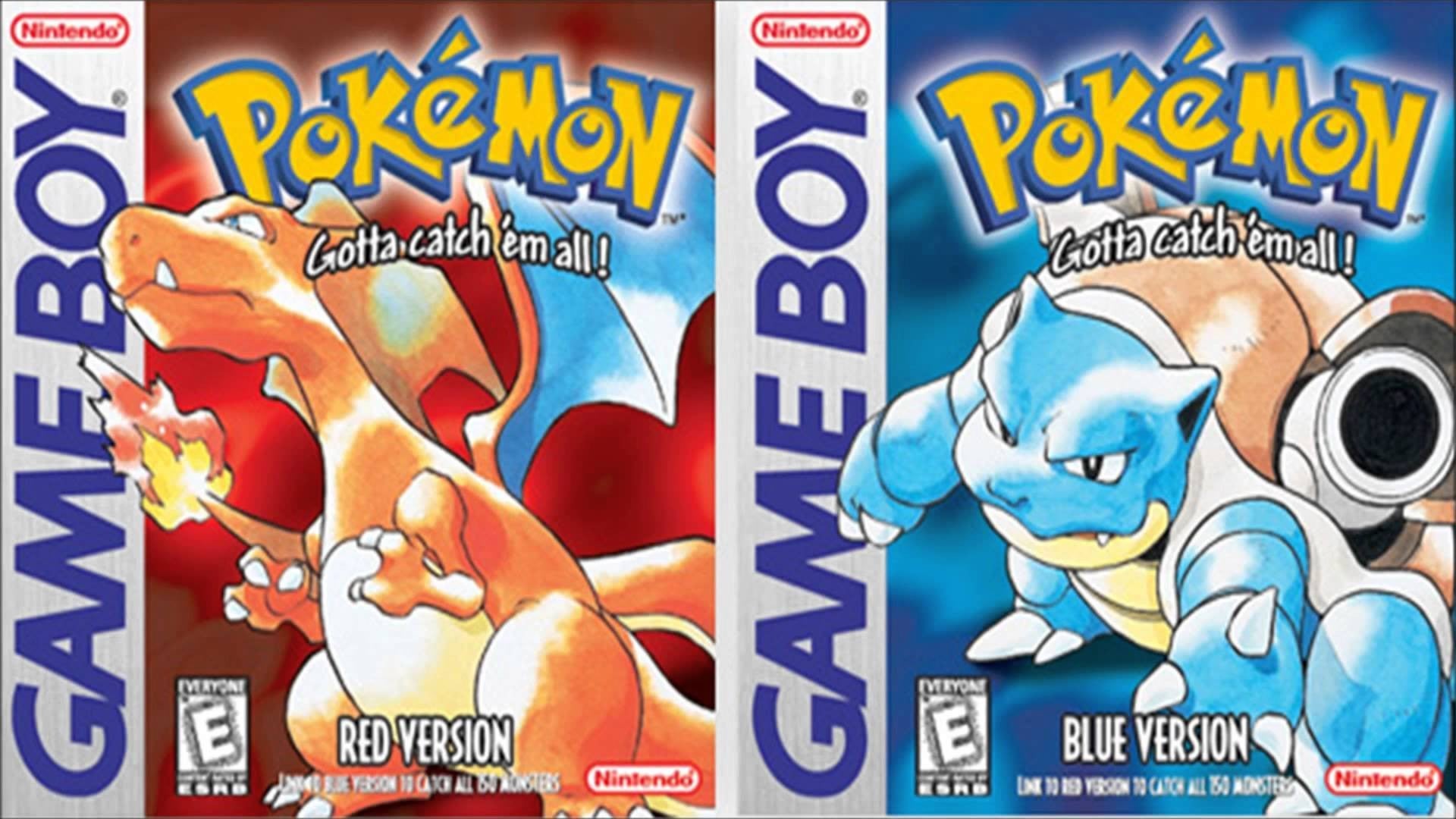
Best: The simplicity
When you’ve been to Paldea and dealt with the Terastal phenomenon or done Pokémon kaiju battles, there’s something refreshing about going back to basics. The first-gen Pokémon games are a tight, focused experience that you can only get when you’re first figuring things out. With only 151 Pokémon, an evil team that’s just a gang of unambiguous criminals, and a primary Legendary in Mewtwo that feels smaller in scope than the gods future games would unveil, Red, Blue, Yellow, and Green are some of the most accessible and straightforward games in a series that’s become more complex with each successive game.
Worst: The quality-of-life features
Going back to basics means also going back to a time when Pokémon hadn’t yet added many of the quality-of-life changes that have made catchin’ em all less of a tedious hassle. There’s no run button, there’s so many HMs that eat up space on your team’s moveset, the psychic and dragon type lacks abundant weaknesses, and the stat division between physical and special wasn’t as clear as it is now. The simplicity is part of the charm this many years removed, but without that iteration, it’s hard to go back to the original games if you don’t have your rose-coloured glasses on.
Pokémon Gold and Silver
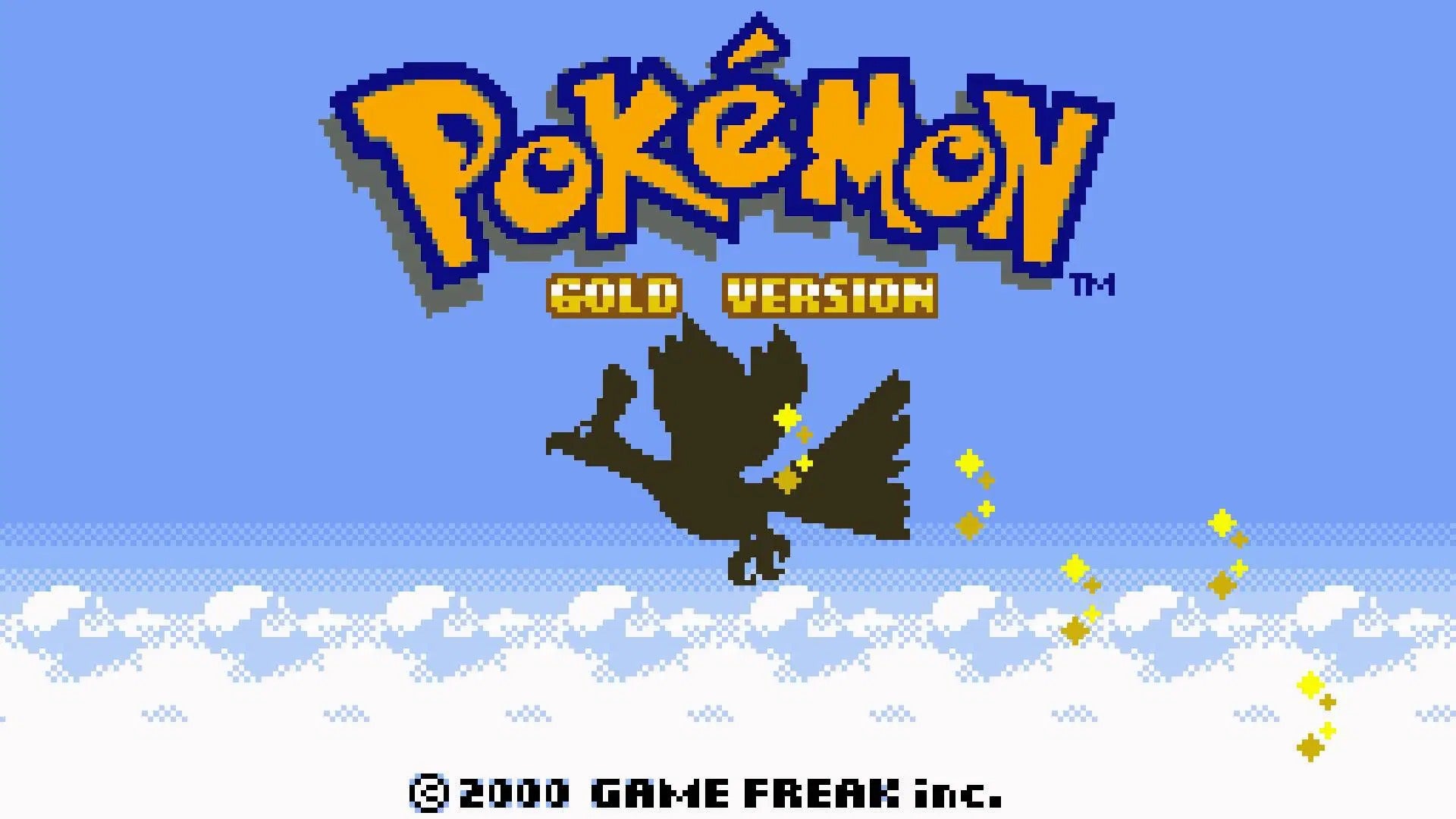
Best: The post-game
It’s been over 20 years since Pokémon Gold and Silver launched on the Game Boy Colour, and its post-game is still something the series has yet to replicate. When you finish the initial adventure in Johto, the first games’ Kanto region opens up, giving you what is more or less a second game in the back half. As more regions have been made in each game, the idea of a Pokémon game that includes every region has been a pipe dream for fans everywhere, and that seed was planted by Gold and Silver. It was ambitious, and now that there are more than nine regions in the Pokémon series between the mainline and spin-off games, it seems unlikely we’ll ever see something like it again.
Worst: Chasing legendaries
With Entei, Suicune, and Raikou, Gold and Silver introduce one of the most frustrating Pokémon mechanics by requiring you to chase these legendary beasts all around the Johto region in order to catch them. This would be repeated in multiple games in the series with a few quality-of-life changes that made it easier, such as showing their location on the map or making it so they don’t immediately flee a battle once found, but Gold and Silver started a real annoying trend that took several generations to get to a tolerable point.
Pokémon Ruby and Sapphire
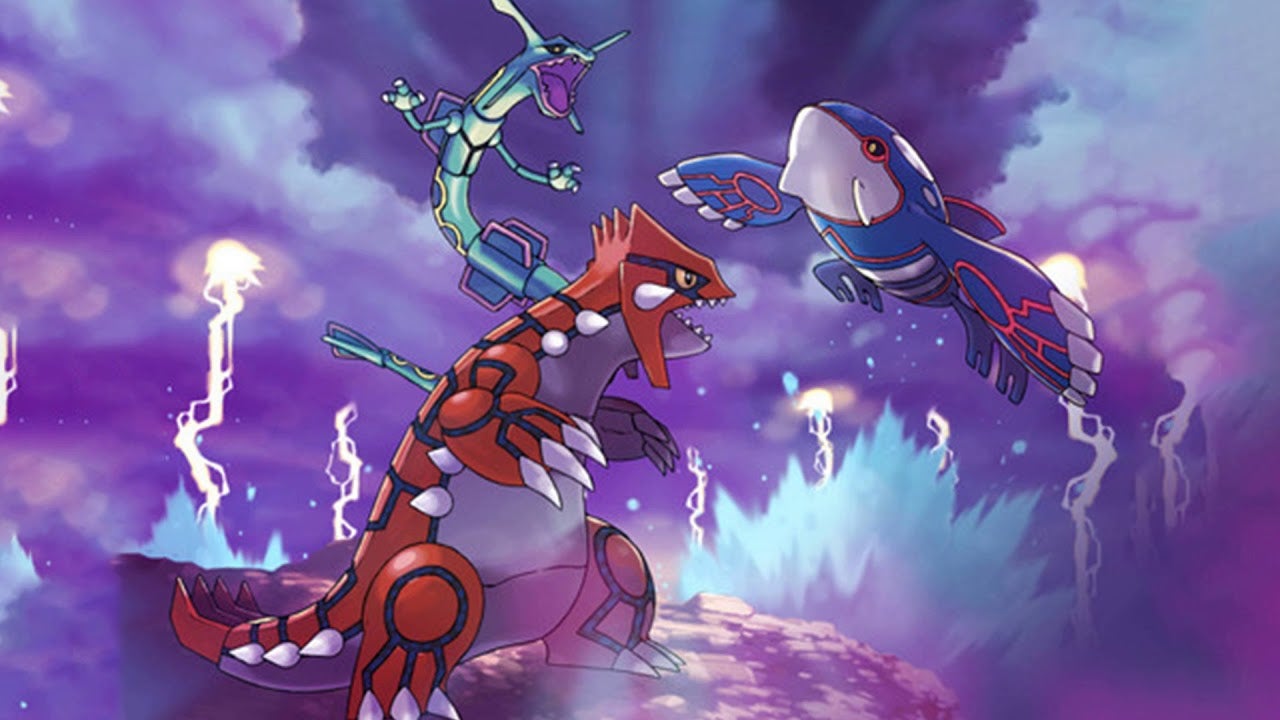
Best: Double battles
Ruby and Sapphire set the stage for what would become a competitive staple. Rather than requiring you to fight one-on-one, the Game Boy Advance games introduced double battles, which allowed you to use two Pokémon at once. This opened up entirely new strategies and has more or less become the blueprint for modern competitive Pokémon battles. Swaths of Pokémon attacks were retooled and recontextualized with this format, and Pokémon was never the same.
Worst: HM glut
HMs are pretty much the bane of every Pokémon trainer’s existence, and Ruby and Sapphire cranked that shit up to eight total. Three of them are water-based, which means water Pokémon are often saddled with the burden of these moves, which hamstrings your entire team. Shoutout to the Sapphire kids who got Kyogre at the end who could take on all these moves so no one else had to.
Pokémon Diamond and Pearl
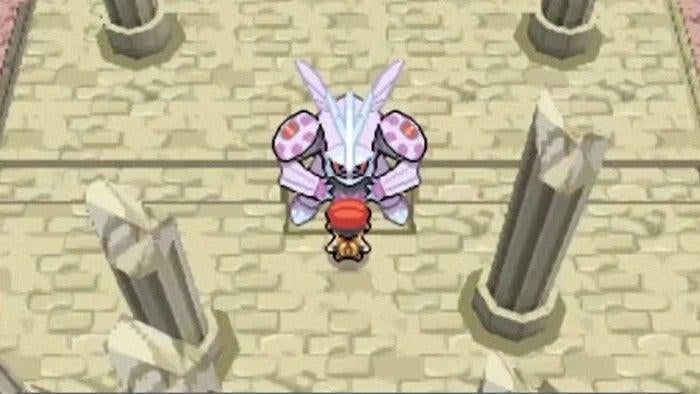
Best: The lore
With each passing game, Pokémon has taken steps to fill out its world, and no game did that more than Diamond and Pearl, which finally began to introduce actual gods to the universe. Dialga and Palkia, the game mascots and Pokémon gods of time and space, are just the tip of the spear for the lore the DS games introduce, as Arceus and Giratina act as the God and Satan equivalent of the Pokémon universe. Each of these would be better explored in Pokémon Legends: Arceus over a decade later, but Diamond and Pearl set a foundation for the entire universe.
Worst: The infamously slow battle system
It’s a meme at this point, but Diamond and Pearl’s battle system was pretty sluggish in ways that future games did manage to fix. The most notable example that’s often cited is when you one-shot a Blissey, who has the highest HP stat in the game, it can take several seconds for the HP bar to actually deplete. Brilliant Diamond and Shining Pearl managed to update this, but the plodding nature of Diamond and Pearl’s battles has stuck with the games over the years.
Pokémon Black and White
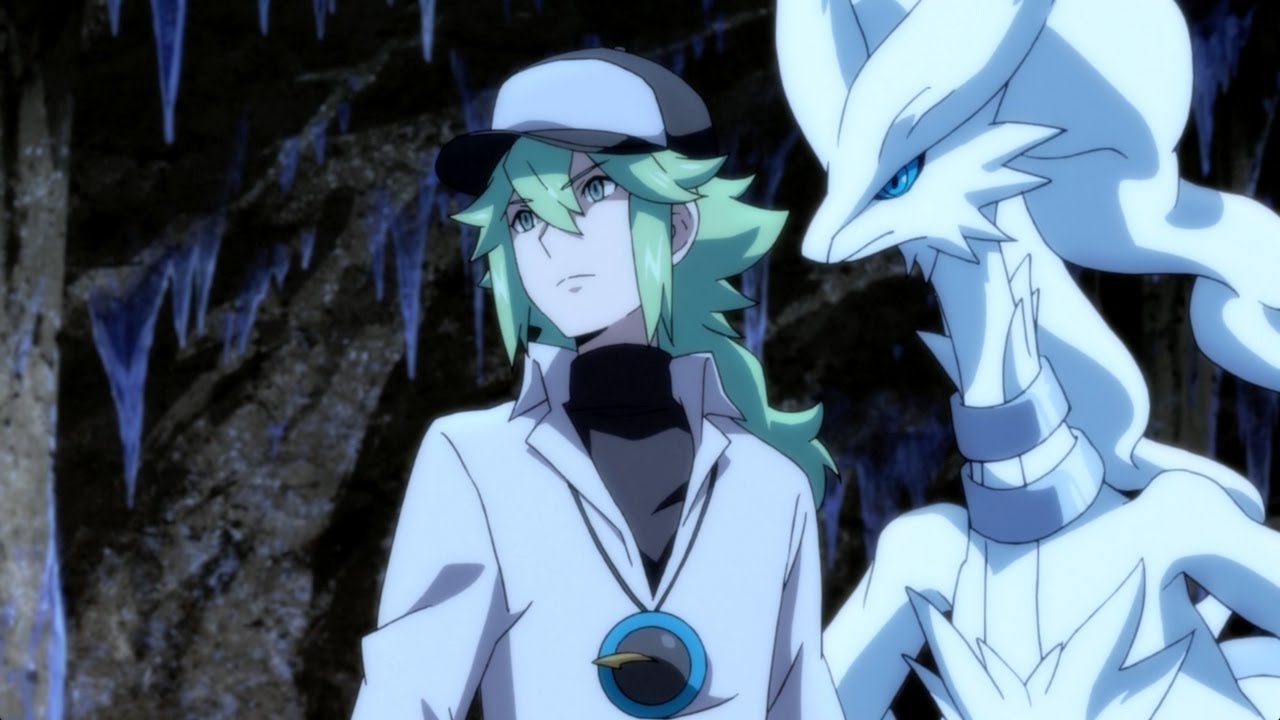
Best: The philosophy
I hesitate to say the story of Black and White is the best part of it, because it stops short of reaching a more radical conclusion. But it asks some interesting questions through its antagonist N. This guy thinks Pokémon shouldn’t be trapped in Pokéballs and fighting at the whims of humanity. He comes in here and questions the entire basis of the Pokémon franchise and makes some salient points. Ultimately, his beliefs get swept up in another villain’s schemes and nothing really changes, but it’s a compelling throughline as you travel through the Unova region.
Worst: The Pokémon themselves
Gen V Pokémon are mid. Some of them are ok (Chandelure is doing its best), some of them are awful (Sawk is just a human man), so the whole generation just meets in the middle to be extremely underwhelming. This is made all the more apparent because Black and White don’t let you catch Pokémon from previous generations until after you finish the main game. So despite some great strides for the series as a whole, Black and White centre one of the most forgettable batches of critters Game Freak ever put on a cartridge.
Pokémon X and Y
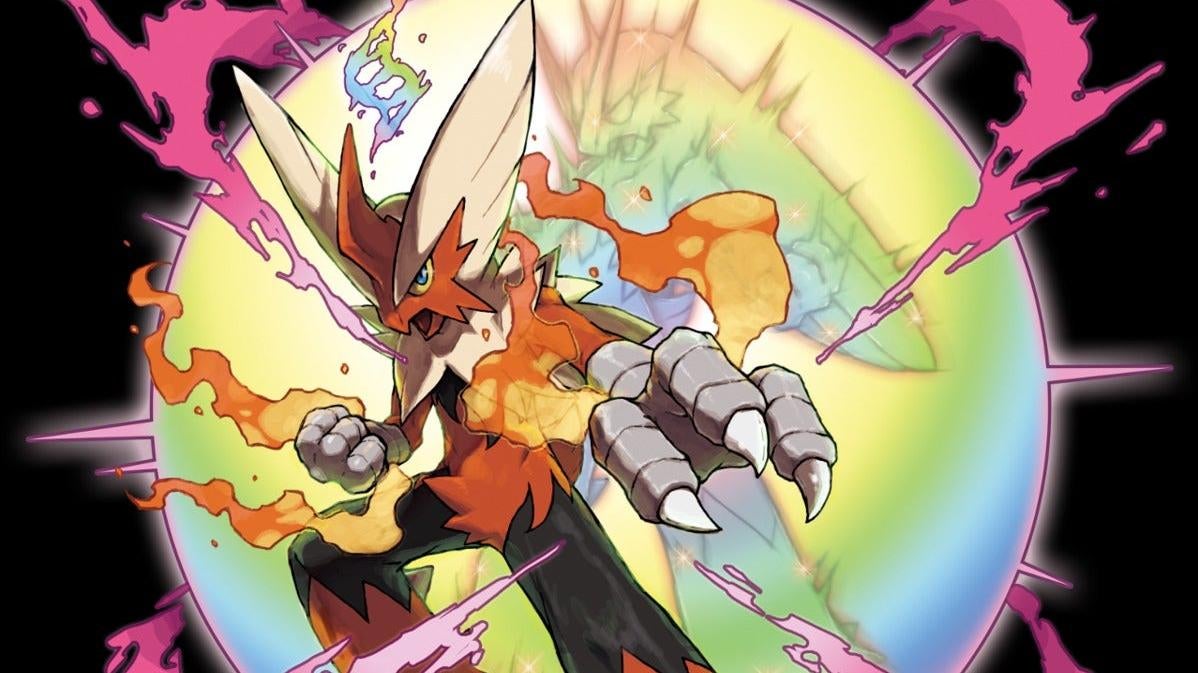
Best: Mega Evolutions
The Pokémon series has had several battle gimmicks over the years, and Mega Evolutions are easily one of the best. These new forms allowed specific Pokémon to undergo a transformation that would increase their stats and sometimes change their base typing. Terastalyzing and Gigantamaxing are cool in their own ways, but nothing quite matches that feeling of seeing these grounded reimaginings of so many fan favourites.
Worst: The jump to 3D
Pokémon has been a 3D series for a long time, and looking back on old games, it’s pretty clear a lot of Pokémon designs have lost a lot of their character in the transition from sprites to 3D models. From saturated colours to the sanding down of designs, the visual identity of Pokémon has felt a little murkier since it made the jump to 3D. Whether it was pressure from the rest of the industry or something the team genuinely wanted, Game Freak’s games just don’t look as good in 3D as they did when they were mostly made of pixels.
Pokémon Sun and Moon
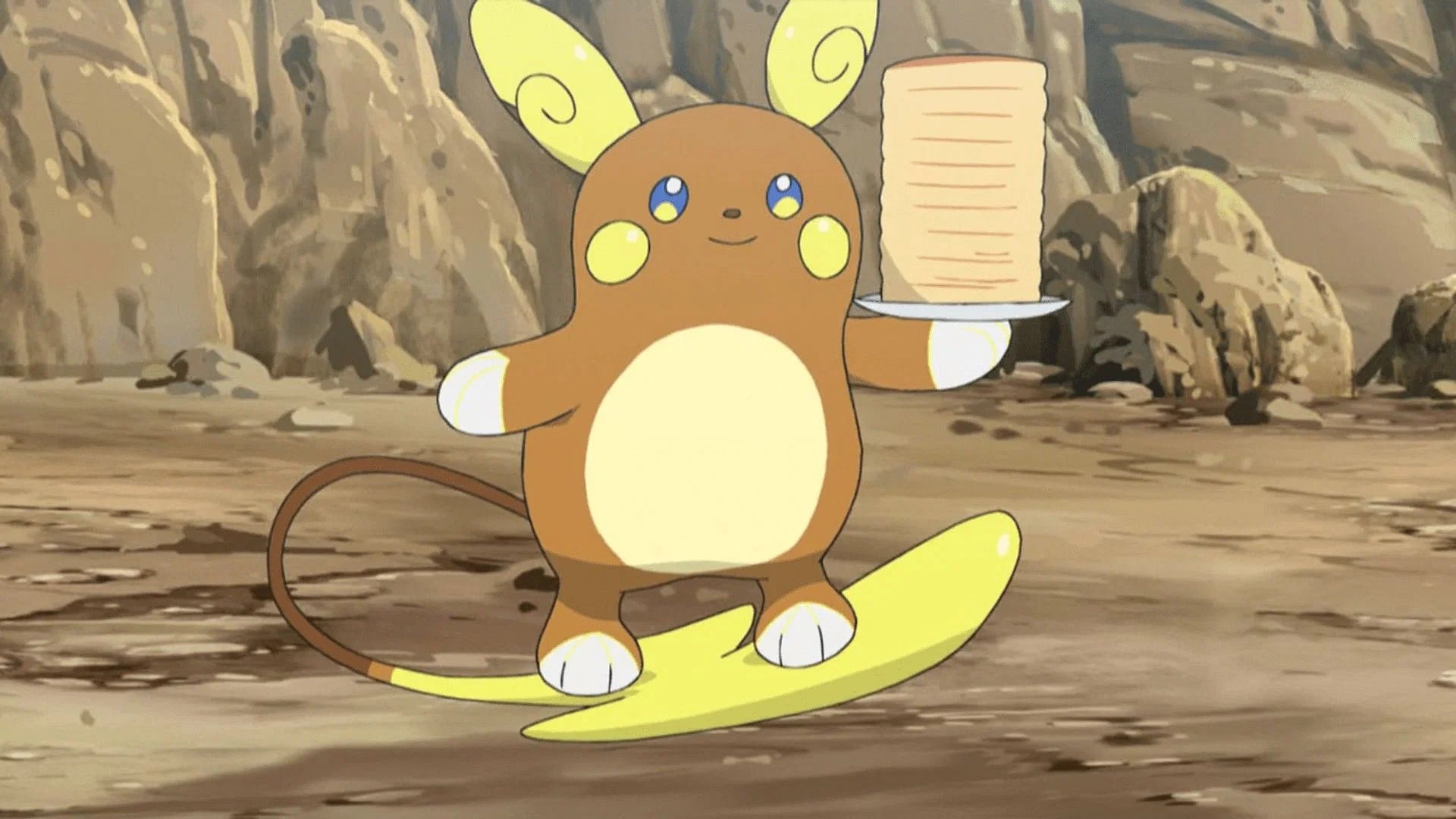
Best: The format
One of the things that helps Sun and Moon stand out against its predecessors is that it focused less on the competitive side of the universe and delved more into how Pokémon battling could mean different things in different cultures. The Alolan region doesn’t have the gym leaders of the other games, and instead puts the player on the path of the Island Challenge. These are headed by a Trial Captain, but also involve overcoming a Totem Pokémon who acts as a guardian on the regions’ various islands. If you break it down to what it means mechanically, yes, you’re facing off against powerful bosses around the region to become recognised as a champion, but the way Sun and Moon manages to make that framework emblematic of a difference in culture compared to a lot of the more homogenous regions in other games is still pretty special.
Worst: Alolan Raichu
Look, if I see this Electric/Psychic variation of my favourite Pokémon it’s on sight. This surfing, pancake-eating motherfucker is gonna catch these hands if I see him. Not only did they not give Raichu a Mega Evolution or a Gigtantamax form, the only time Game Freak is willing to spotlight the evolved form of the series’ mascot is when they change him into something else entirely. I think that’s rude as hell, and is just feeding into the narrative the Pokémon franchise has been spinning since the anime made an entire episode about Pikachu refusing to evolve that Raichu isn’t a cool kid. Alolan Raichu better hope I never see him floating around on his tail like he’s surfing because he’s just a reminder that Game Freak doesn’t respect the OG, so I don’t respect him.
Pokémon Sword and Shield
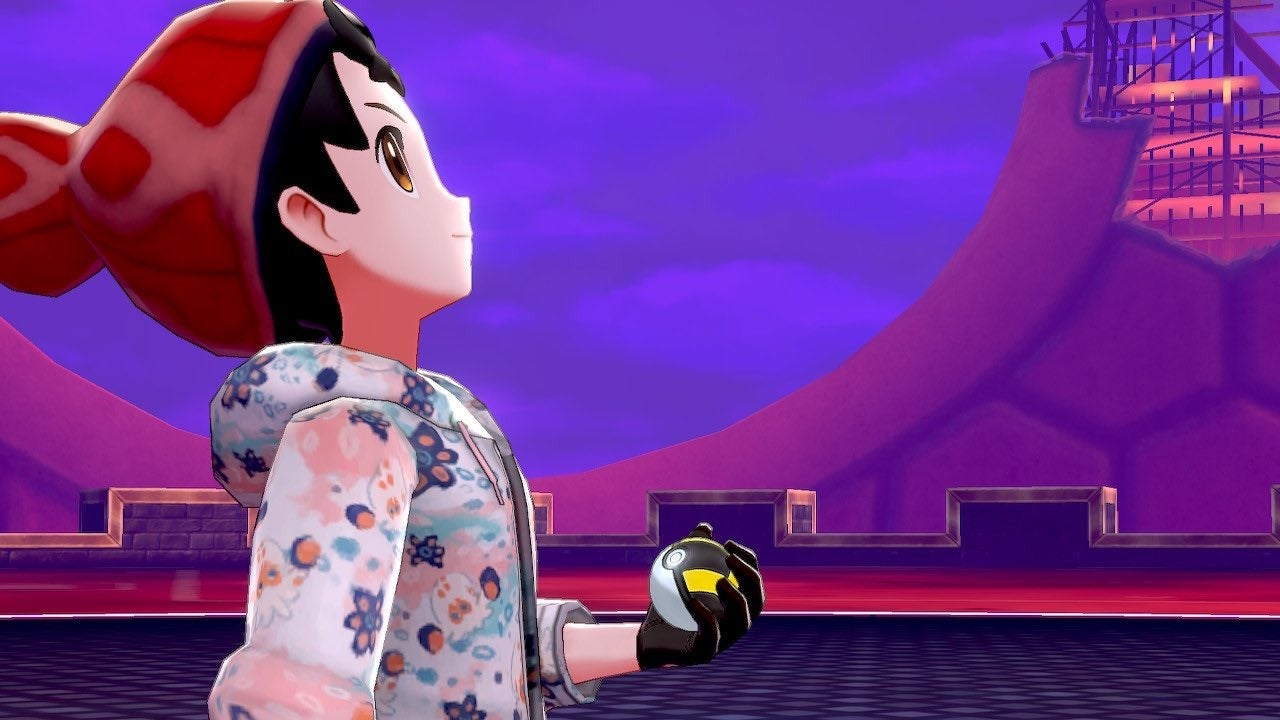
Best: The raids
Sword and Shield’s Max Raid Battles are one of the coolest aspects of the Galar region because they’re a great and time-efficient way to grind, they’re a cooperative experience to play with your friends, and you get to battle a giant Pokémon. It’s dope. It takes the Pokémon Go staple and shapes it for the Galar region, and it helped solidify raids as a pillar of the franchise moving forward.
Worst: Max Lair
…that being said, the use of raids in the Crown Tundra expansion is a little questionable from a lore standpoint. The Max Lair is a place where legendary Pokémon from around the world gather to be caught by children in raids. The weirdness comes from the games’ repeated attempts to make as many old Pokémon obtainable in new games as possible, which means characters like Palkia or Kyogre, who are very directly tied to their home region, are here, and those worldbuilding discrepancies get handwaved away because we’ve gotta catch ‘em all. It’s a weird choice that I hope doesn’t become a standard as Game Freak moves away from the national dex, and starts to focus more on Pokémon specific to the region we’re playing in.
Pokémon Scarlet and Violet
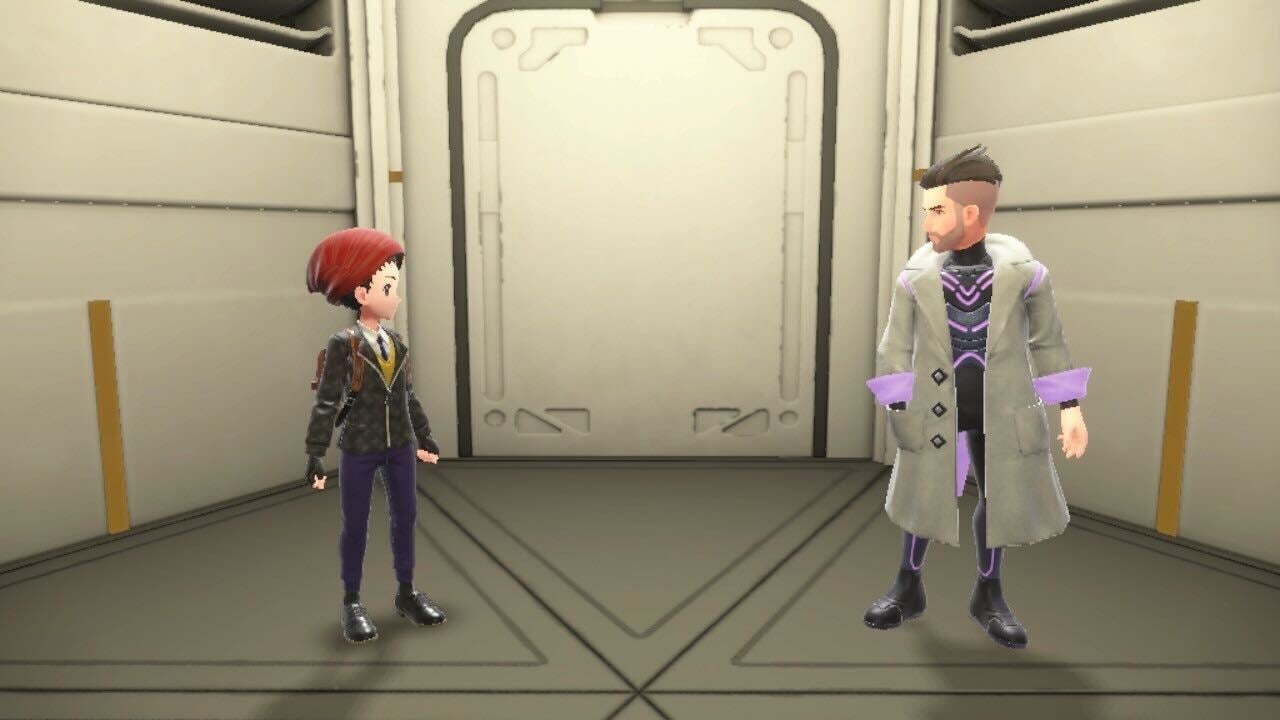
Best: The endgame
Scarlet and Violet are vast games with all their open-world nonsense, but when the game scales down to its personal stories is when it’s at its best. The game has some of the best writing in the series, and it makes it all the more rewarding when all roads lead to the final quest in Area Zero. At the behest of Professor Sada or Toro (depending on which game you’re playing), the player and the friends they’ve made make their way down into the crater of Paldea, where dangerous Pokémon are known to wander. As the group descends to the lowest depths of the region, they uncover horrible truths that culminate in one of the darkest stories ever told in the franchise, complete with stellar music, an incredible final boss fight, and a cast dynamic the game never quite settled on before, it’s an unforgettable moment in the Pokémon game canon.
Worst: The performance
While the endgame is stellar, getting to Scarlet and Violet’s final moments can be a challenge just because the game is such a technical fiasco. As the series’ first fully open-world games, Scarlet and Violet are ambitious, but they’re also full of glitches, flimsy animation and traversal, and just feel like they’re on the verge of falling apart sometimes. Game Freak has been rolling out updates, but the game’s still not in the best state. Hopefully by the time all is said and done, Scarlet and Violet will have these things sorted out. Then I can update this article to switch this bullet point to its open-world clarity.
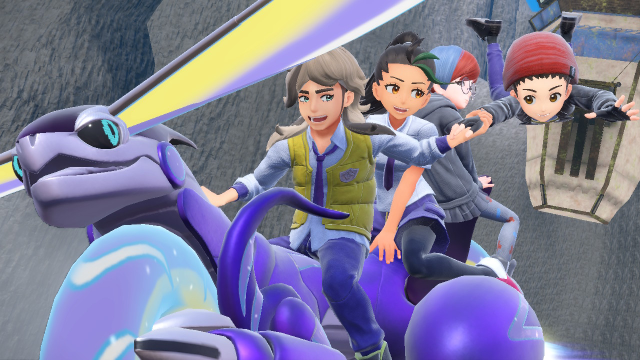
Leave a Reply